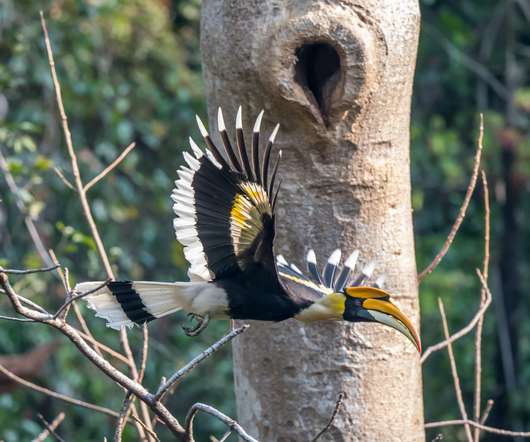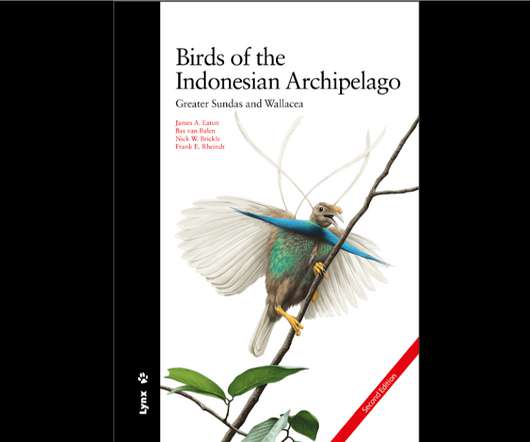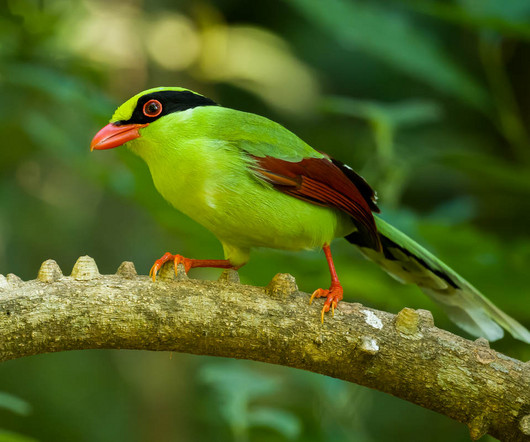Hornbills of Yunnan
10,000 Birds
NOVEMBER 12, 2020
While they used to be hunted, they nowadays benefit from the locals having recognized them as a source of income – building hides and charging birdwatchers (mostly Chinese, but a few foreigners like me as well – these are usually the only ones not smoking inside the hides) to observe them. Visiting the family.












Let's personalize your content